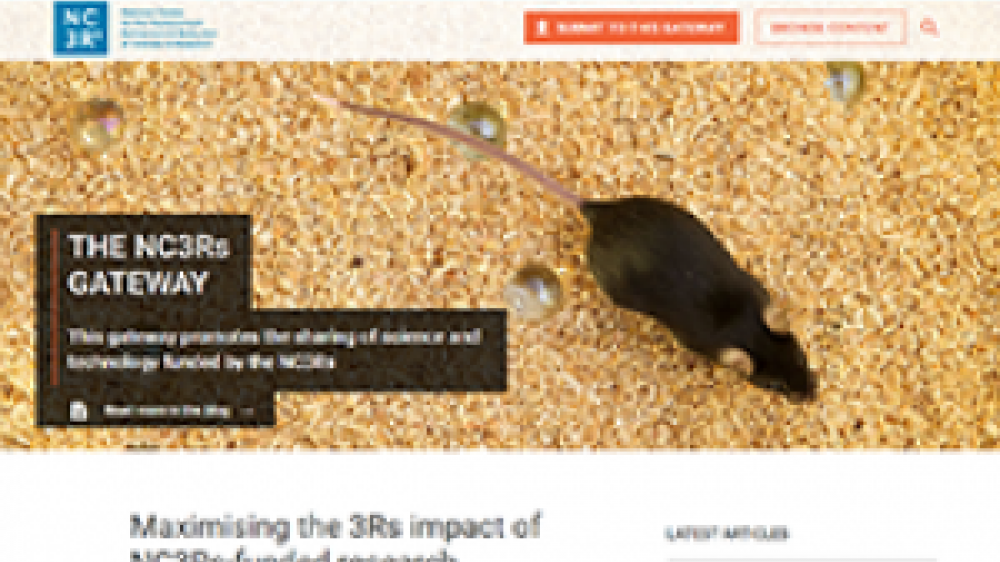New article types on the NC3Rs gateway

It’s time to empty your file drawers, tidy up your hard drives and clean up your act when it comes to your data! We have recently added four new article types to our gateway, which will enable NC3Rs researchers to share small pieces of work and register their experimental plans before they start collecting data.
Expanding the publishing options on our gateway gives our grant holders more choice and flexibility in how they choose to share their research. Sharing different types of data with the research community will enhance the visibility and reproducibility of 3Rs approaches and increase opportunities for collaboration.
Brief Reports and Data Notes can be used to share smaller pieces of work – for example, a simple modification to an existing model that enables a reduction in the number of animals used or an improvement in their welfare, or a dataset generated as part of an attempt to characterise or validate a novel 3Rs approach (regardless of whether the attempt was successful or not).
Software Tools Articles allow researchers to share the rationale for the development of a software-based tool and the details of its source code. It also provides examples of the required input and generated output so others can assess its usability and applicability to their research areas.
Registered Reports are a form of article in which the methods and analysis plans are registered and reviewed prior to data collection. This format is designed to minimise bias and promote rigorous research. It is particularly suitable for validation work, such as testing whether a 3Rs approach is robust and reproducible in a different setting.
With a median publication time of just 26.5 days and only 28 days between publication and passing peer review, our gateway is proving to be an efficient way to get 3Rs methods and data published and indexed by PubMed, ready to be seen by the scientific community. The first nine articles on the gateway have been viewed a total of 12,656 times, downloaded 2,173 times and cited 20 times.
These new article types expand the range of research areas and findings covered by our gateway, giving our grant holders more opportunity to get their data out there. Visit our new hub to learn more.
